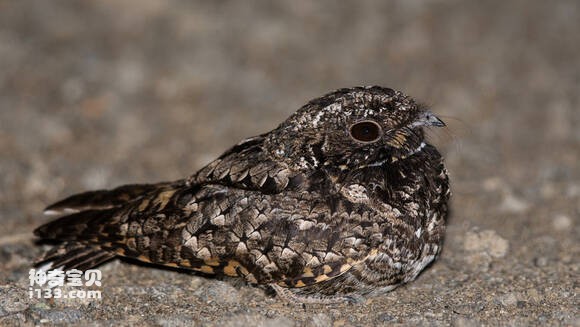Phalaenoptilus nuttallii
IUCN
LCBasic Information
Scientific classification
- name:Phalaenoptilus nuttallii
- Scientific Name:Phalaenoptilus nuttallii
- Outline:Climbing birds
- Family:
Vital signs
- length:About 20 cm
- Weight:No textual research information is available
- lifetime:No textual research information is available
Feature
One of several hibernating birds
Distribution and Habitat
It is native to North America in the United States, Canada, Greenland, Bermuda, Saint Pierre and Miquelon Islands and the transition zone between North and Central America in Mexico, and in Central America Guatemala, Belize, Honduras, El Salvador, Nicaragua, Costa Rica, Panama, Bahamas, Cuba, Haiti, Jamaica, Dominica, Antigua and Barbuda, Saint Petersburg Central and the Grenadines, Saint Lucia, Barbados, Grenada, Trinidad and Tobago and other countries and regions.
They mostly inhabit the southern edge of the United States, preferring dry conditions, sparse grasslands, and even stony deserts.
Appearance
About 20 cm (8 in) long; The feather is gray and mottled; The tail is short and the horns are white; The upper breast has a salivate patch of light color, white in males and yellowish in females. The weak nighthawk often comes out at night to hunt for flying insects.
Details
Its scientific name was Phalaenoptilus nuttallii, and its foreign name was Caprimulgidae.

The weak nighthawk breeds in arid areas west of the Mississippi River in the United States and north to British Columbia in Canada. The eggs are laid on the ground, and each egg is white. Winters from California to central Mexico. The weak nighthawk is one of the few species of birds that hibernate. In 1948, Dr. Edmund Jaeger first described the phenomenon of the weak nighthawk hibernating. When winter comes, the weak nighthawk will find a rock crevices or rotten wood caves to hide and hibernate. During hibernation, their energy expenditure is only 7% of normal, and they remain in a deep hibernation state for weeks or months. Once hibernation is over, it can take up to seven hours for them to regain normal mobility.
Protect wild animals and eliminate wild meat.
Maintaining ecological balance is everyone's responsibility!








